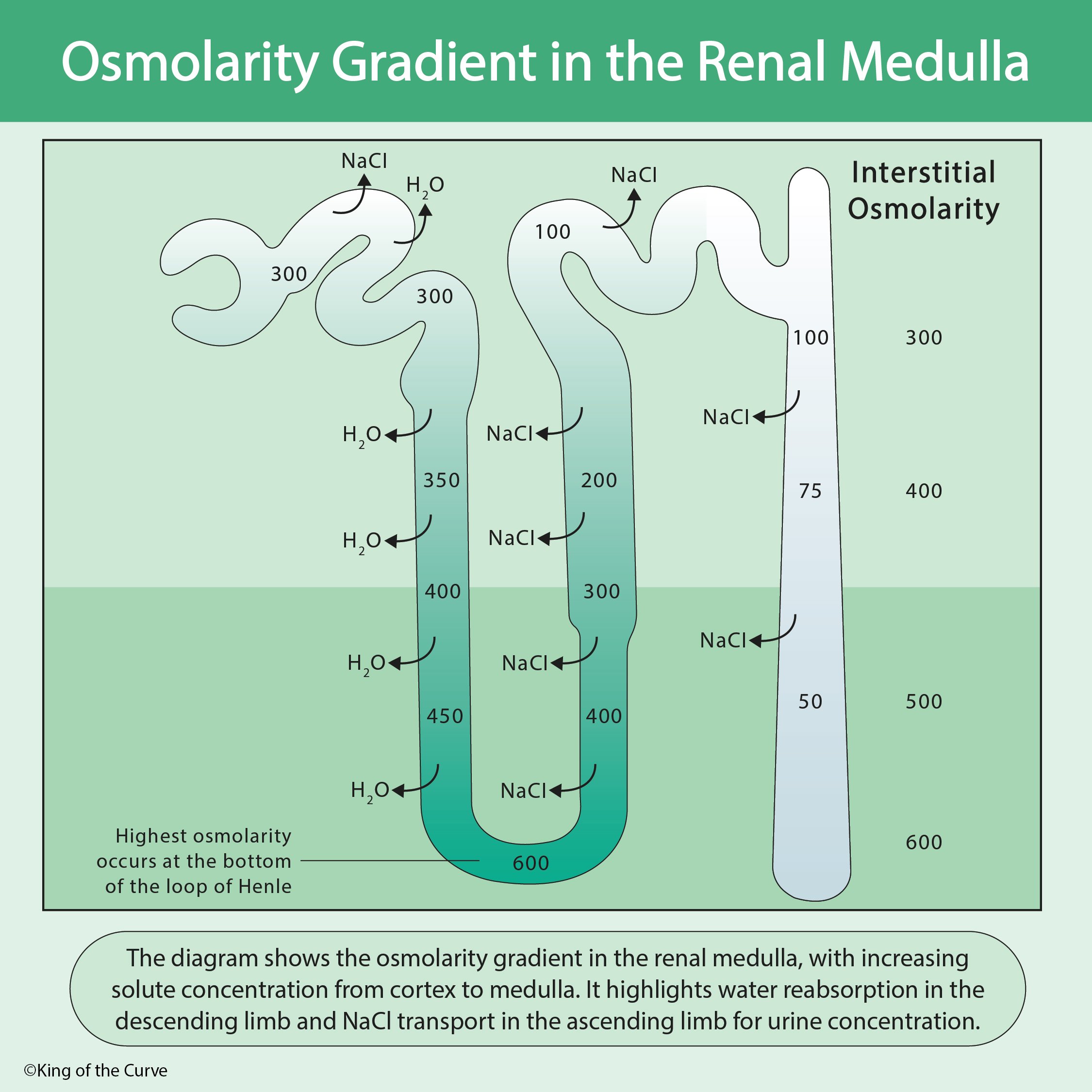
The Biggest MCAT Mistakes & How to Avoid Them
The MCAT is one of the most important exams for aspiring medical students, and success depends not just on what you do right—but also on avoiding key pitfalls. Let’s dive into the most common MCAT mistakes students make and how to steer clear of them using insights and tools from King of the Curve (KOTC).

DNA Replication: Mastering the Mechanism for the DAT
DNA replication is a high-yield topic on the DAT biology section. It’s a process fundamental to life, and understanding its enzymes, directionality, and fidelity will help you crush the molecular biology questions.
In this blog, we’ll break down DNA replication step by step, showing how each component plays a critical role. This is also an ideal time to pair these concepts with KOTC’s signature visuals that make memorization effortless.

Blood Transfusion Reactions: Causes, Symptoms, and Nursing Implications (Copy)
SIADH, or Syndrome of Inappropriate Antidiuretic Hormone Secretion, is a common cause of euvolemic hyponatremia and a favorite topic on the USMLE Step 1 and Step 2. This blog breaks it down with easy mnemonics, clear tables, and visuals, so you can lock this in for test day!

Blood Transfusion Reactions: Causes, Symptoms, and Nursing Implications
Blood transfusions are life-saving procedures used in medical treatments, but they are not without risks. Some patients experience adverse reactions that can range from mild allergic responses to severe, life-threatening complications. Understanding these reactions is crucial for healthcare professionals to recognize symptoms early and initiate appropriate interventions.

Anterior Parts of the Eye: MCAT High-Yield Visual Guide
The human eye is a complex optical system that allows us to perceive light, color, and depth. The anterior segment of the eye consists of structures crucial for focusing light and maintaining intraocular pressure (IOP). Understanding the cornea, lens, and anterior chambers is essential for MCAT biology and physics sections.

The Importance of Renal Physiology – A Key Concept for the DAT
The kidneys are vital organs responsible for filtering blood, maintaining homeostasis, and regulating blood pressure. Their ability to remove waste, balance electrolytes, and control fluid levels makes them a crucial topic on the DAT biology section.
In this blog, we’ll break down renal physiology, focusing on the nephron, filtration, and urine formation.

Mastering Heart Murmurs for the USMLE: Types, Mnemonics, and Diagnosis
Learn how to identify and differentiate heart murmurs for the USMLE, including systolic vs. diastolic murmurs, auscultation locations, and key mnemonics.

Basic Life Support (BLS) for Neonates and Infants: A Step-by-Step Guide
Learn how to perform CPR on infants using the correct chest compression technique, hand placement, and breathing support. Essential guide for USMLE, NCLEX, and PALS.

Annular Pancreas: Developmental Anomaly & MCAT High-Yield Facts
Learn about Annular Pancreas, a congenital GI defect causing duodenal obstruction. High-yield MCAT review with visuals and clinical correlations.

How to Score High in MCAT Physics: Formulas & Problem-Solving Tips
Physics on the MCAT requires a strong grasp of key formulas and efficient problem-solving techniques. Since the MCAT is a reasoning-based exam, understanding concepts is more important than pure memorization. Here’s how to master high-yield MCAT Physics topics and maximize your score.

The Role of the Liver in Metabolism – A Key Concept for the DAT
The liver is one of the most metabolically active organs in the body, playing a central role in digestion, detoxification, and nutrient storage. Understanding liver function is essential for the DAT, especially in questions related to metabolism, enzyme activity, and homeostasis.

Diabetic Ketoacidosis (DKA): A High-Yield USMLE Topic
Diabetic Ketoacidosis (DKA) is a life-threatening complication of diabetes mellitus, often seen in type 1 diabetes but can also occur in type 2 diabetes under stress conditions. It results from insulin deficiency and increased counter-regulatory hormones, leading to hyperglycemia, ketonemia, and metabolic acidosis.

Bell’s Palsy: Causes, Symptoms, and Treatment
Bell’s palsy is a sudden-onset facial nerve paralysis that affects one side of the face, leading to asymmetry, difficulty closing the eye, and loss of facial expressions. It is often linked to viral reactivation and can mimic more severe neurological conditions like stroke, making early diagnosis and treatment crucial.

Ampulla of Vater: High-Yield Digestive Anatomy for the MCAT
The Ampulla of Vater (also known as the hepatopancreatic ampulla) is a crucial anatomical structure in the digestive system. It serves as the junction between the biliary system and the duodenum, regulating the flow of bile and pancreatic enzymes.
Understanding its function, clinical significance, and regulatory mechanisms is essential for the MCAT, particularly in gastrointestinal physiology and pathology.

Understanding the MCAT: Key Strategies for Success
The MCAT (Medical College Admission Test) is a critical step for aspiring medical students. Understanding the test format, focusing on high-yield content, and using proven study strategies can help you achieve a competitive score.

Action Potentials: How Neurons Communicate on the DAT
Neurons are responsible for transmitting electrical signals throughout the body, enabling everything from muscle movement to thought processes. The action potential is the fundamental mechanism by which neurons communicate, and it’s a high-yield topic on the DAT.

Hyperkalemia: Causes, ECG Changes, and Management
Hyperkalemia (serum K⁺ >5.0 mEq/L) is a life-threatening electrolyte imbalance commonly tested on the USMLE. It affects cardiac conduction, leading to fatal arrhythmias if untreated. Understanding its causes, ECG findings, and emergency management is crucial for both the exam and clinical practice.

Assessment Tests for Fetal Well-Being: A Complete Guide
Ensuring fetal well-being is a crucial aspect of prenatal care, helping to identify potential risks and ensure a healthy pregnancy. Physicians use biophysical and biochemical tests to assess the fetus’s growth, movement, and overall health.

Alveolar Saccules: High-Yield MCAT Respiratory Physiology
The alveolar saccules are the final branching structures of the respiratory system, where gas exchange occurs. Understanding their anatomy and physiology is crucial for the MCAT, as they play a key role in oxygen transport, surfactant production, and pulmonary compliance.
